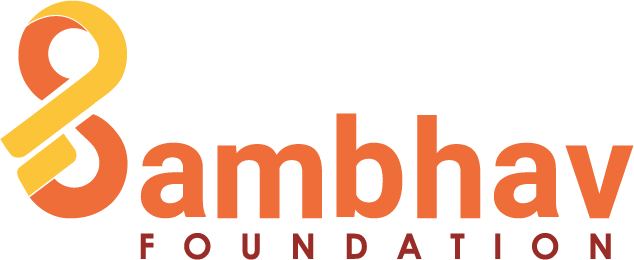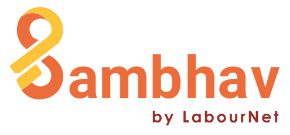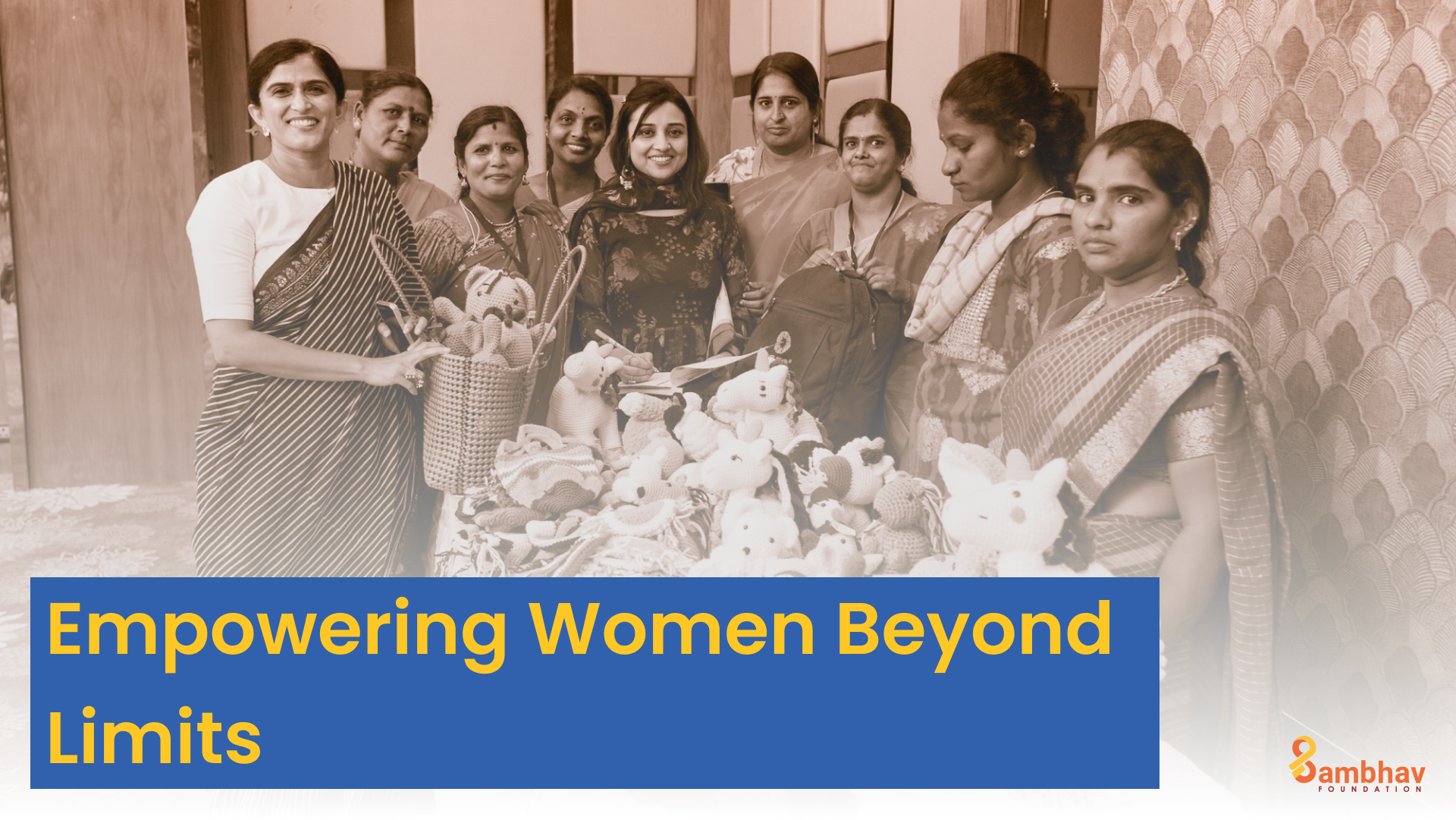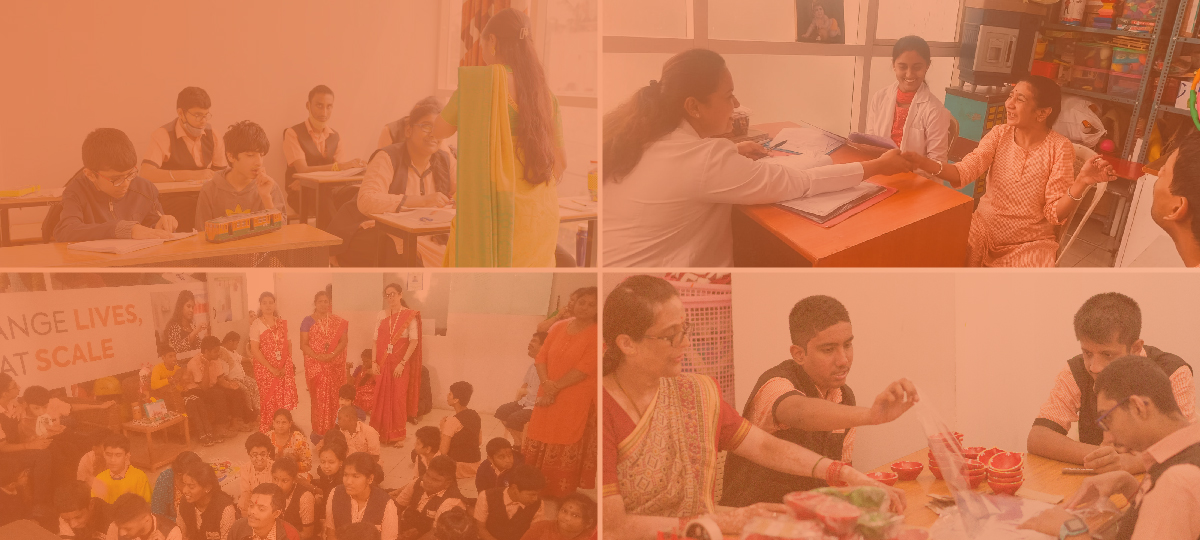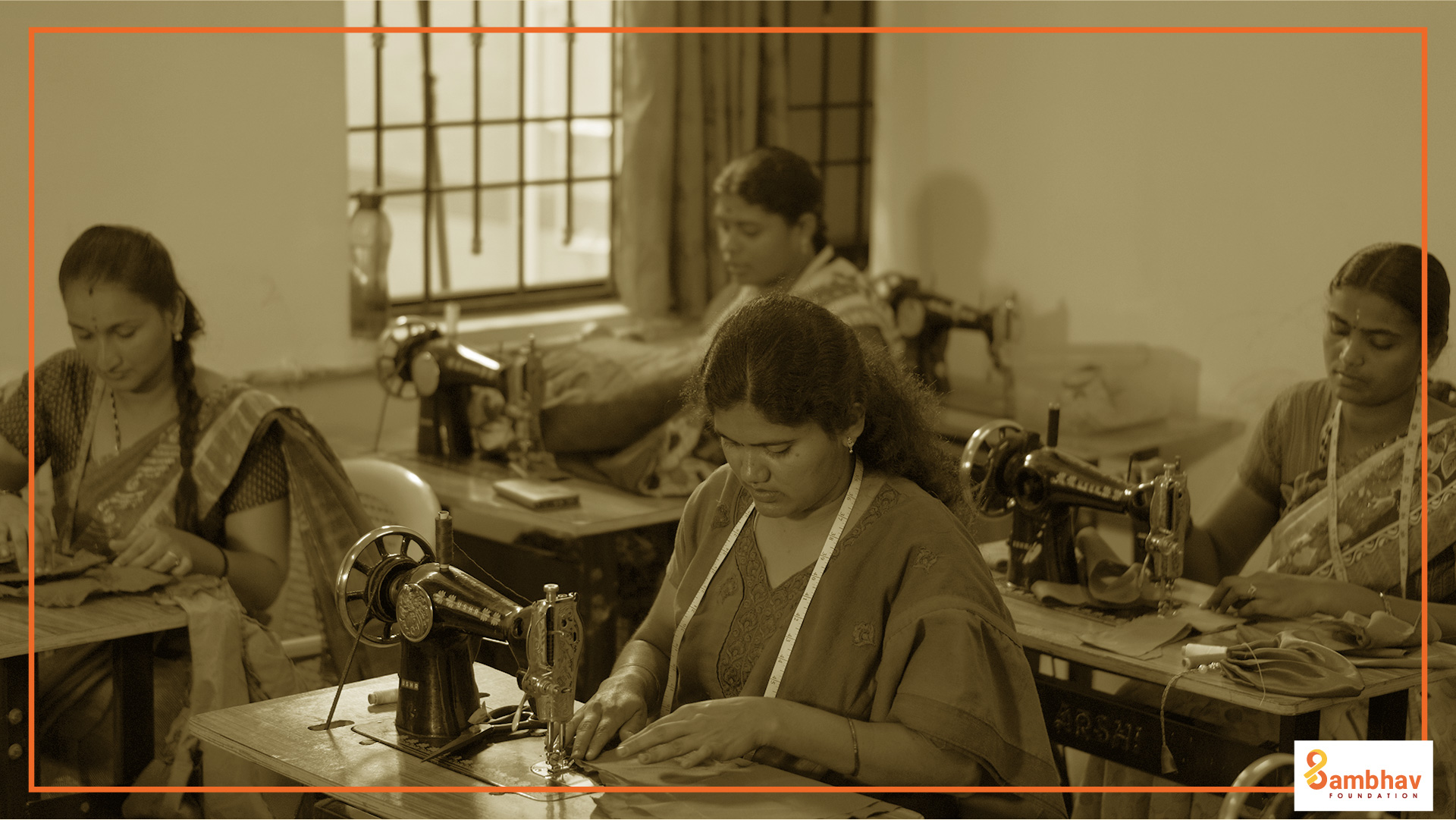Digital literacy is the new English. For today’s youth, proficiency in operating a computer, tablet or smartphone is increasingly important for social mobility and accessing opportunities.
And like with English, there’s a troubling social divide here, too. Just 25% of households in rural India are digitally literate, while it is 61% in urban areas. With Covid, we saw the effect of that digital divide when it came to children accessing education opportunities. Digital literacy is also important while accessing services in health, social security, and finance. With the rise of the gig economy, EdTech adoption in skilling and vocational courses, digital literacy will become more important to accessing opportunities.
So how do we fix this?
1 Question:
- How do we ensure equitable growth as we scale digital literacy programmes?
2 Perspectives:
- Social divide. The government measures digital literacy through households. So a household is digitally literate if at least one person there can operate a digital device (laptop, tablet, or mobile devices). In rural areas, if a household has a graduate, there is a 71% chance that the household is digitally literate, compared to 15% for those houses without graduate members. There are similar disparity when mapping digital literacy with consumption levels and occupation.
- Mobile-first country. As of April 2022, there were 788.77 million broadband users in India. But 96% of these users used the Internet on mobile phones and dongles. This essentially means that while mobile-phone usage is exceptionally high, people might still have basic knowledge of computers.
3 Factors:
- Purpose-driven digital literacy. In my experience, people take up digital literacy better when it is linked to tangible goals. Youth enrol in our programmes to get better jobs. Many young people want to enrol so they can better teach their children, who are learning on laptops. So in rural areas, linking digital literacy with specific services or information can promote its uptake in rural areas.
- Optimised infrastructure. In the latest National e-governance service delivery assessment, the two biggest barriers to accessing government e-services were — a lack of familiarity with online services (51%), and no access to the Internet (34%).
We need to optimise our internet resources so they are able to perform in low-connectivity settings, especially those areas without access to stable, wired internet connections. This is important for increasing the depth of our digital literacy programmes.
- Vernacular language services. A vast majority of the country doesn’t speak English. But most digital apps are built with an urban audience in mind. Providing digital training programmes in vernacular languages, and contextualising it into people’s lives can also promote digital literacy at scale.
What do you think? Do let us know in the comments below.
P.S: I am also proud to introduce you to ‘Buniyaad – Foundations for a strong future’. This is a collection of our experiences and impact in the field over the years.
Do give it a read! Sign up here: https://sambhavfoundation.org/buniyad-report-for-sambhav/
Until next time,
Dr. Gayathri Vasudevan
